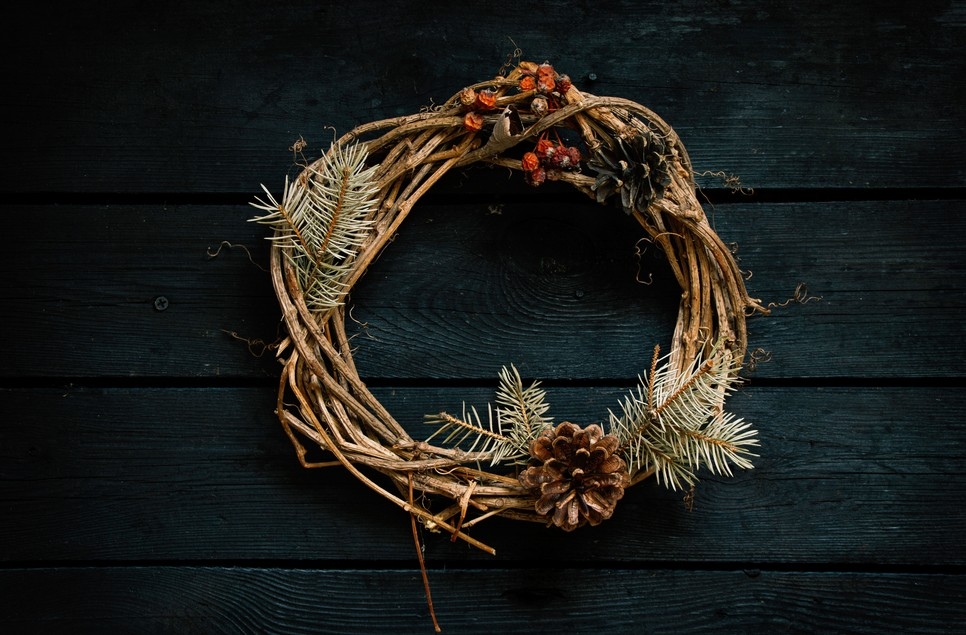Tutorial: How to make a natural Christmas willow wreath
Making a wreath base from bendy willow sticks may look complicated, but it’s actually really easy and a wonderful way to decorate your home festively and naturally.

Making a wreath base from bendy willow sticks may look complicated, but it’s actually really easy and a wonderful way to decorate your home festively and naturally. To help you get started, our willow-weaving experts at Steart Marshes have created this simple video and how-to guide.
Before you start, you’ll need a selection of bendable willow sticks. These can be fresh or (more likely in winter) dried. If you’re using dried sticks, you’ll need to soak them in water for a few hours – overnight if possible – before use.
Step 1: Take your willow piece and bend it round into a rough circle, tucking each end under so it stays in place.
Step 2: Take a second piece of willow and bend it around the first one, tucking away the ends as before.
Step 3: Keep adding more pieces and testing the strength of the wreath. You want it strong enough so that it can support the weight of the foliage, but not so thick it spoils the appearance. Snip off the excess ends as you go with a pair of secateurs.
Step 4: Finish up. Aim to use around 5 or 6 pieces of willow, depending on their length and thickness. Continue to shape and snip your wreath to your taste.
Step 5: Weave evergreen foliage such as holly, ivy and yew into your wreath (remember to wash your hands after handling. Or for a more neutral look, you could use a few old seed heads or dried reedmace. Just remember to leave some for the birds as they provide a winter snack when food is scarce.
Wonderful willow
Willow is far more than just a craft material – it has many uses for people and wildlife. Willow bark contains salicylic acid, the active ingredient of aspirin. From this, the world’s first pain-relief drug was developed. For centuries, chewing willow twigs has been a natural remedy to cure a toothache!
Most willow species love the damp – you’ll find them along the side of wetlands, drooping their long thin branches into the water, which is why the shrub has often been closely associated with water. Their association with grief from spurned love became popular in Europe in the 16th and 17th centuries; in other, older traditions in Asia, the willow has been a symbol of hope, renewal and healing, as well as a strong connection to the divine feminine and magic.
Willow trees are often one of the first to bud in February, and the blossoms provide a much-needed source of nectar for early active pollinators like bees and butterflies. The buds are called catkins, and male and female trees have different catkins.
Sustainability
We all love using natural materials to decorate our homes, it brings a dose of nature into the dark days of winter and is a great alternative to unsustainable plastic tinsel or decorations. However, our wetlands are nature reserves and foraging for materials there is not allowed except in the case of supervised tours. Wherever you get your natural materials from, please make sure it’s done sustainably.
You can also source your willow from a sustainable supplier – at Steart we use Musgrove Willows, but Coates English Willow Baskets are also a good option.



